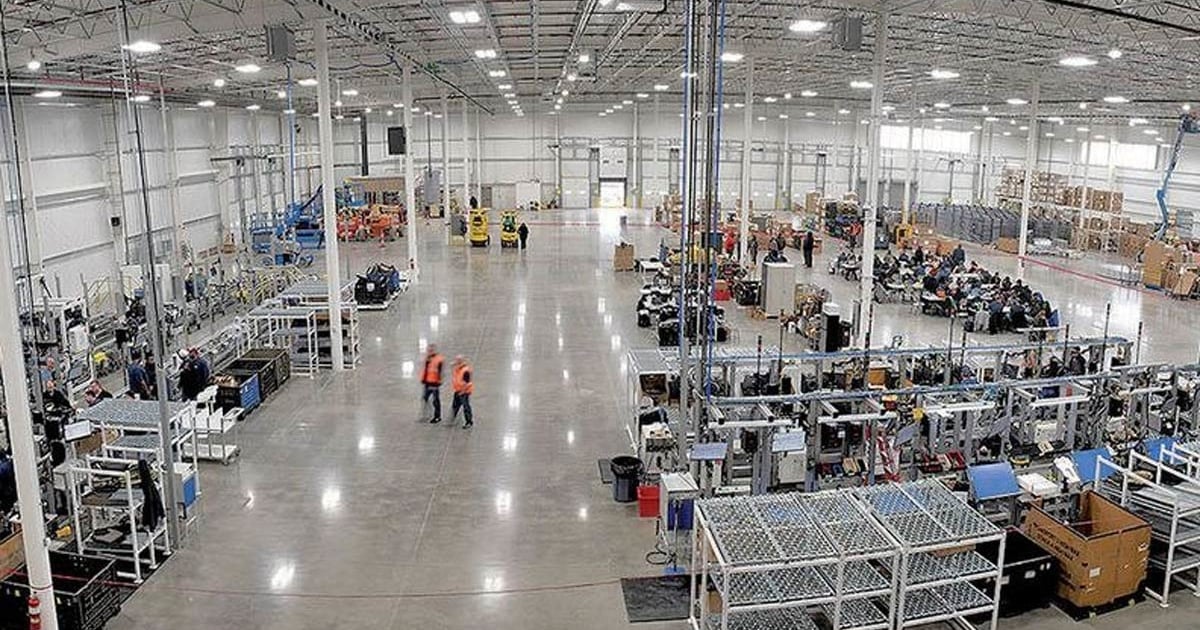
DETROIT — The development of a new, nonlinear supply chain will be key to unlocking hundreds of billions of dollars in potential annual revenue from software, industry executives said on a panel at SAE‘s World Congress.
The traditional supplier tier model is “falling apart,” said Maria Anhalt, CEO of software specialist Elektrobit. As automakers look to develop software-defined vehicles, they’re increasingly working directly with software providers or tech companies instead of relying solely on traditional Tier 1 suppliers, she said.
“Many OEMs or tech giants come directly to us to start collaborating or co-developing something,” she said during a Wednesday panel. “It’s not like a tier hierarchy anymore. It’s not a chain. It’s a graph that can be pulled in both directions.”
Industry executives expect much of the value of future vehicle models to stem from software products and services instead of simply the initial sale of the vehicle. Investment bank UBS estimated last year that vehicle software could generate $1.9 trillion in revenue for the auto industry by 2030.
But for the industry to unlock that much revenue by the end of the decade, it will need to move quickly. And the best way to do that is to work collaboratively with other companies across the supply chain, said Glen De Vos, senior vice president of transformation and special programs at automotive tech supplier Aptiv.
“You need to pick partners so that you can move with speed and bring in expertise without having to grow it organically,” De Vos said. “It’s incredibly hard to build that here in Detroit, or wherever in the world. It takes too much time. You need to have partners that can come in and help you accelerate through that transformation.”
Indeed, automakers are increasingly turning to software providers and nontraditional tech suppliers to get software and new technology offerings into their vehicles because of their expertise.
Elektrobit said on Wednesday that it will provide its software platform and its automotive operating system to Jaguar Land Rover for use in JLR’s next-generation EVA Continuum electrical architecture. The new architecture will make its way onto Jaguar and Land Rover models starting in 2024.
Elektrobit, an independent subsidiary of German supplier Continental AG, also played a large role in developing the Sony Honda Mobility Afeela prototype, providing software and other services.
It’s notable that major customers such as Sony, Honda and JLR are being open about collaborating with Elektrobit, given the industry’s penchant for keeping suppliers of components and collaborators on projects secretive, Anhalt said.
“It’s a big step when people are openly talking about collaborations,” she said in an interview with Automotive News. “OEMs usually keep things very close to the vest. If you work with someone, only you know, so that nobody else does the same thing. But I’m seeing more and more that OEMs are wiling to speak on this.”
That may reflect the changing dynamics among automakers, suppliers and tech companies, particularly as large players like Google and Amazon look to establish themselves deeper in the auto industry.
“The industry has had this mentality where no one else understands us, so keep out,” said Stephen Rober, head of automotive research and advanced engineering at Stellantis. “What’s happening now is a fundamental change to the behavior and leadership style of the auto industry. Everyone has something to contribute, and everyone needs to understand that they don’t know everything. It cannot be this top-down approach that we’ve had.”
Mark Granger, head of cockpit products for Qualcomm, described the automotive supply chain as being more like a “triangle” in today’s environment, with direct contact happening between automakers and tech companies such as Qualcomm, automakers and suppliers, and suppliers and tech companies.
“It helps to get to the best solution faster,” he said.
While traditional parts suppliers are not being tossed aside, there is more pressure on them to be more efficient and to provide more “economically attractive” products, said Aptiv’s De Vos.
“The advantage that the supply base can bring is scale,” he said. “We’re making sensors for everyone, not just 3 million or 5 million vehicles, but 50 million.”
Suppliers need to make sure that they have capabilities and expertise in software, he said. It was one of the major reasons Aptiv acquired software provider Wind River for $3.5 billion in 2022, he said.
“For those of us in that Tier 1 community,” De Vos said, “we have to make sure that we have capability and assets and value to add for our customers in that space.”

